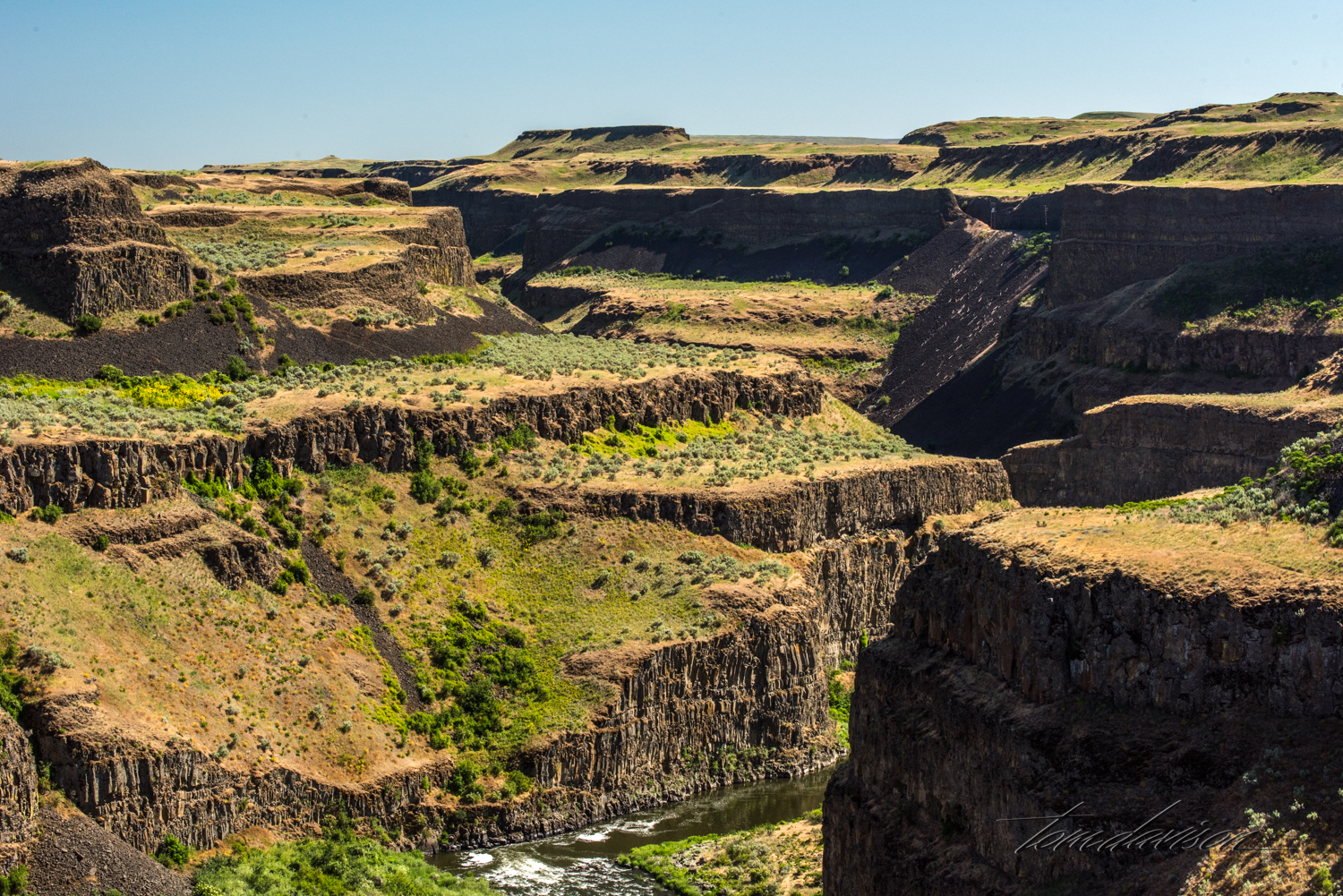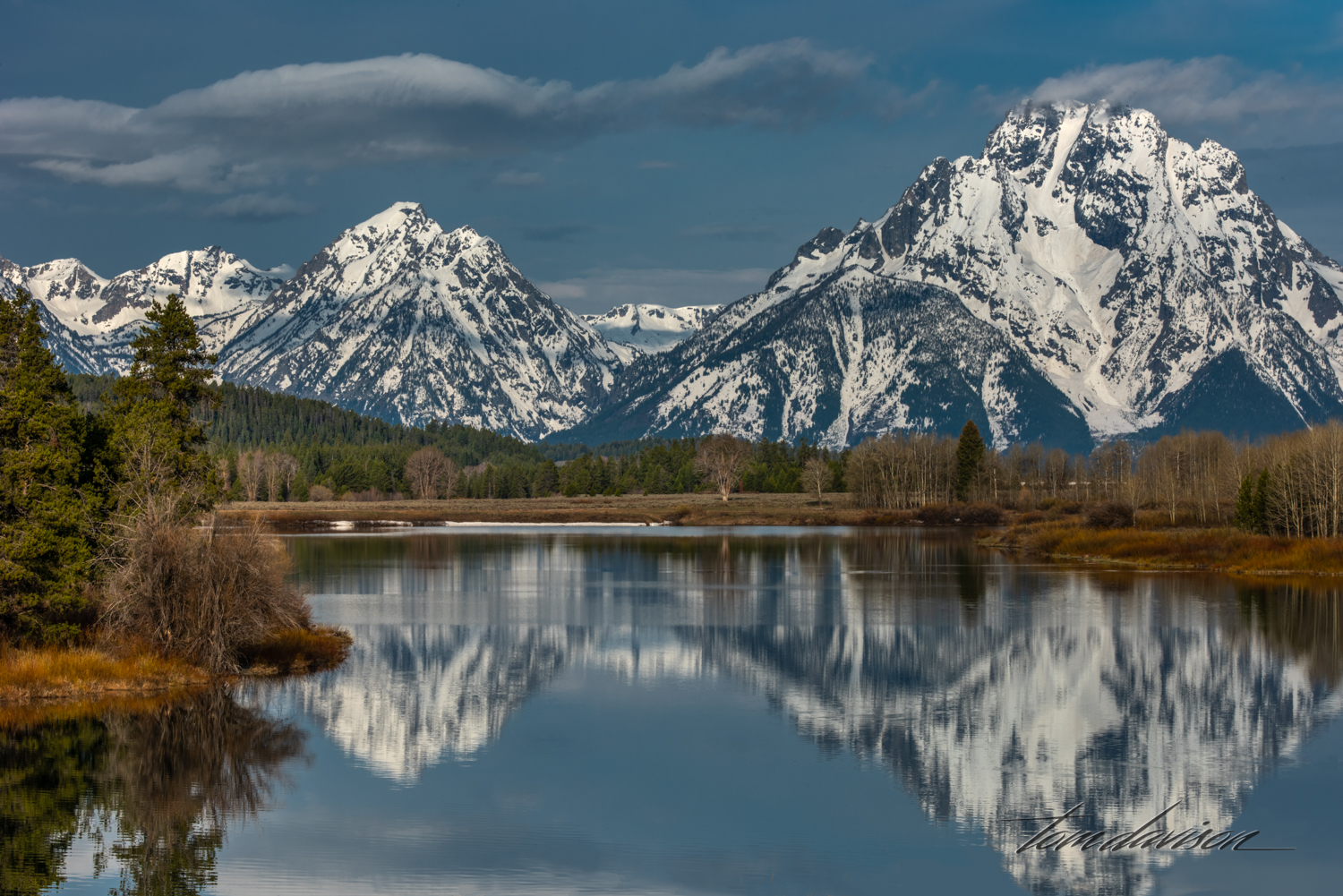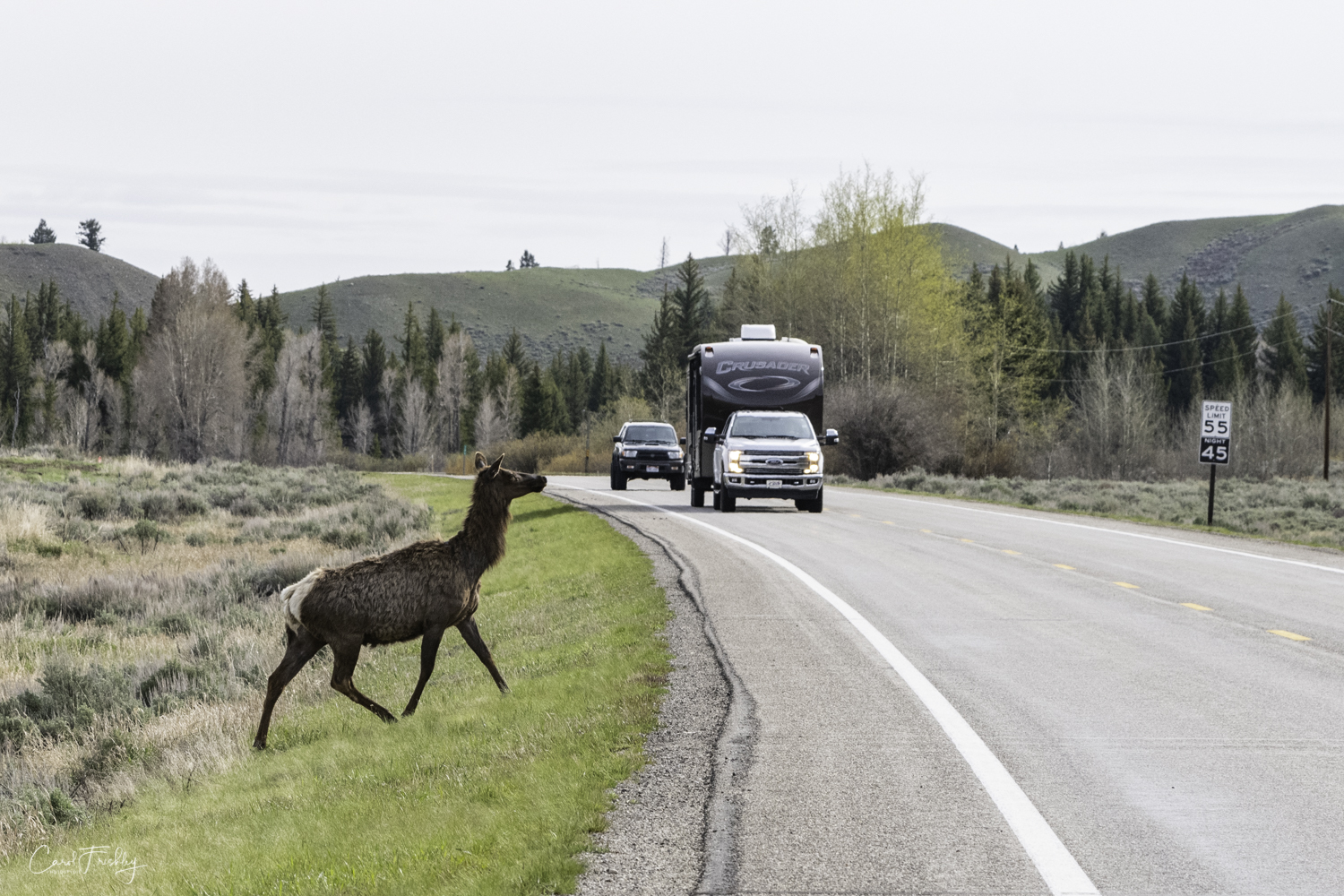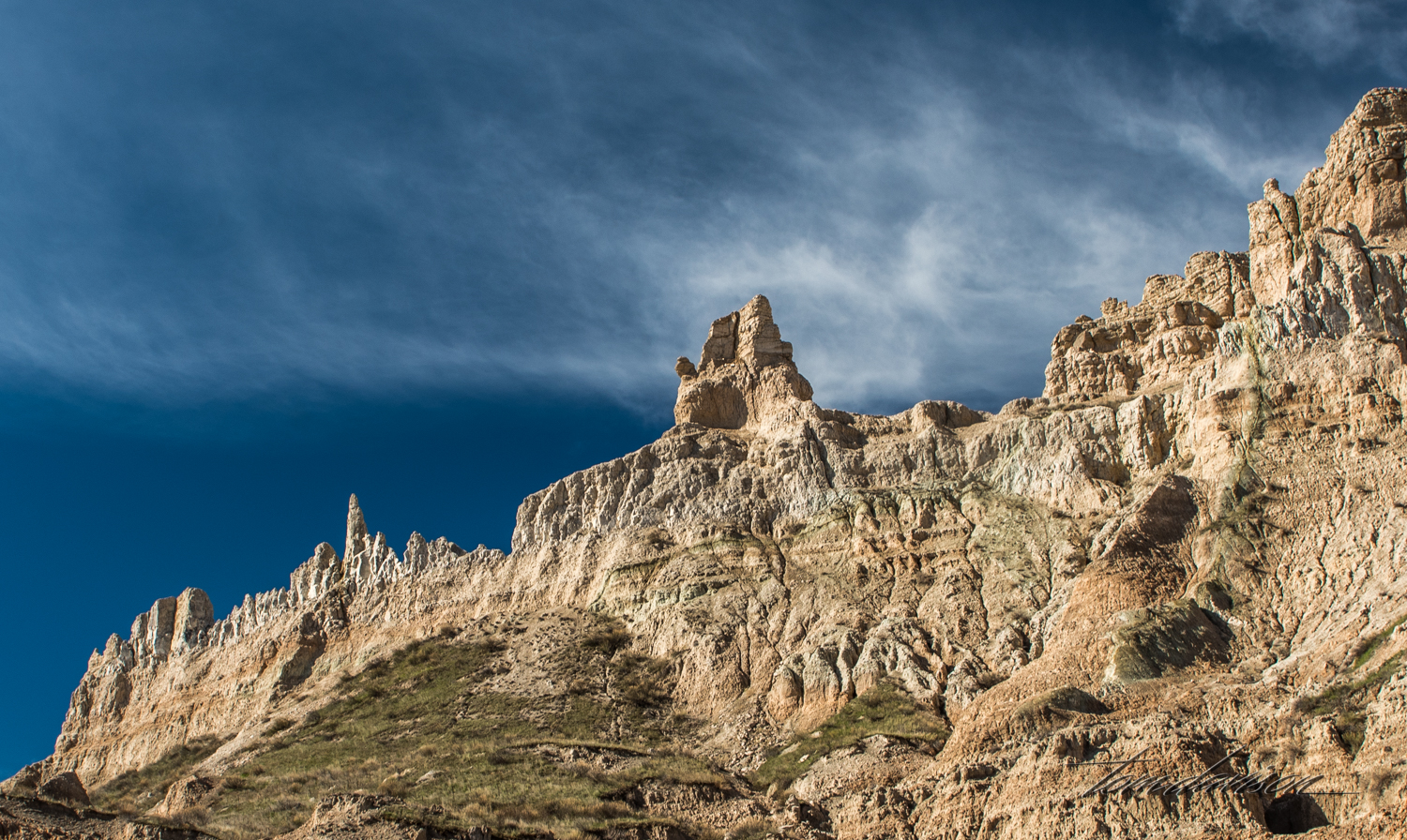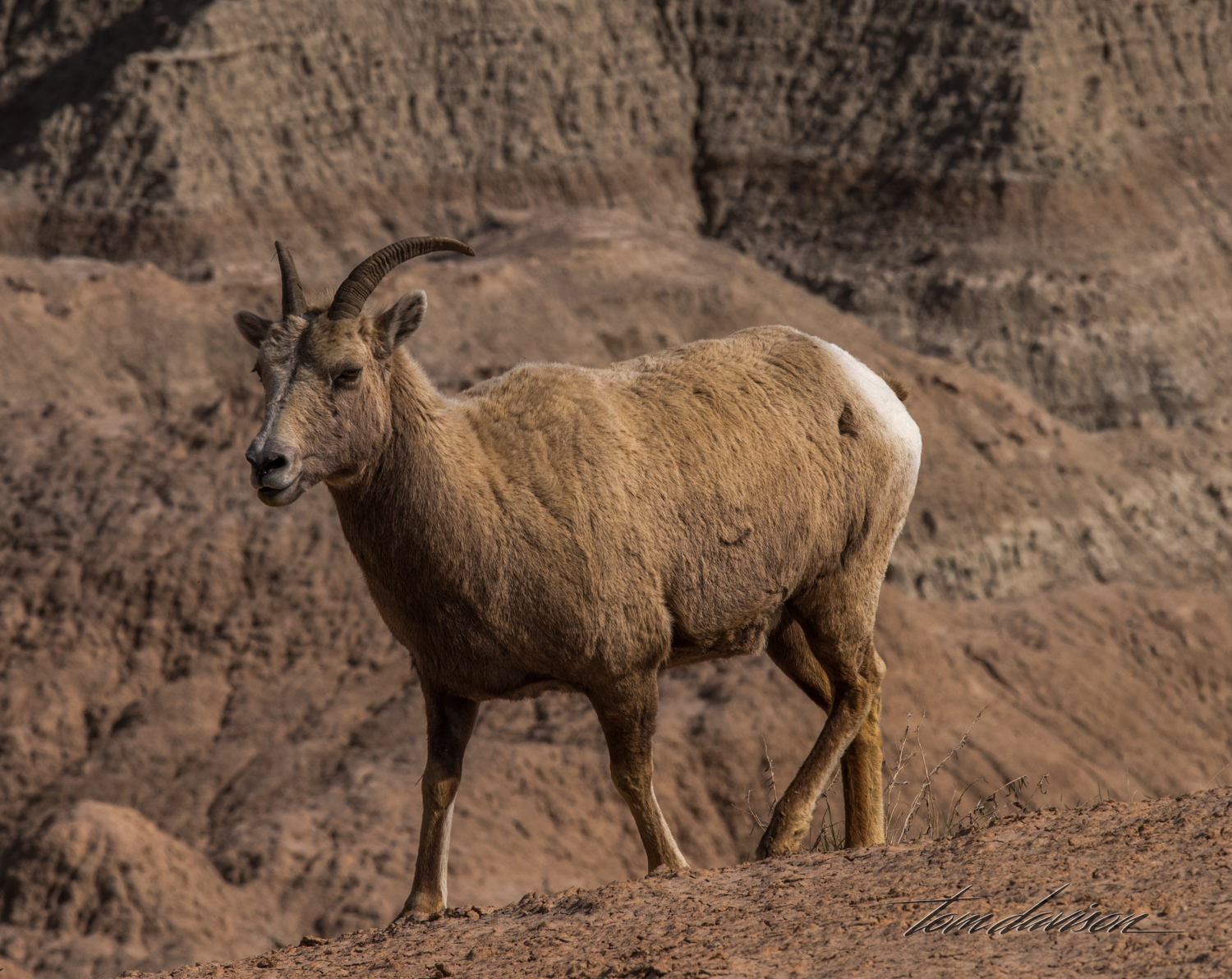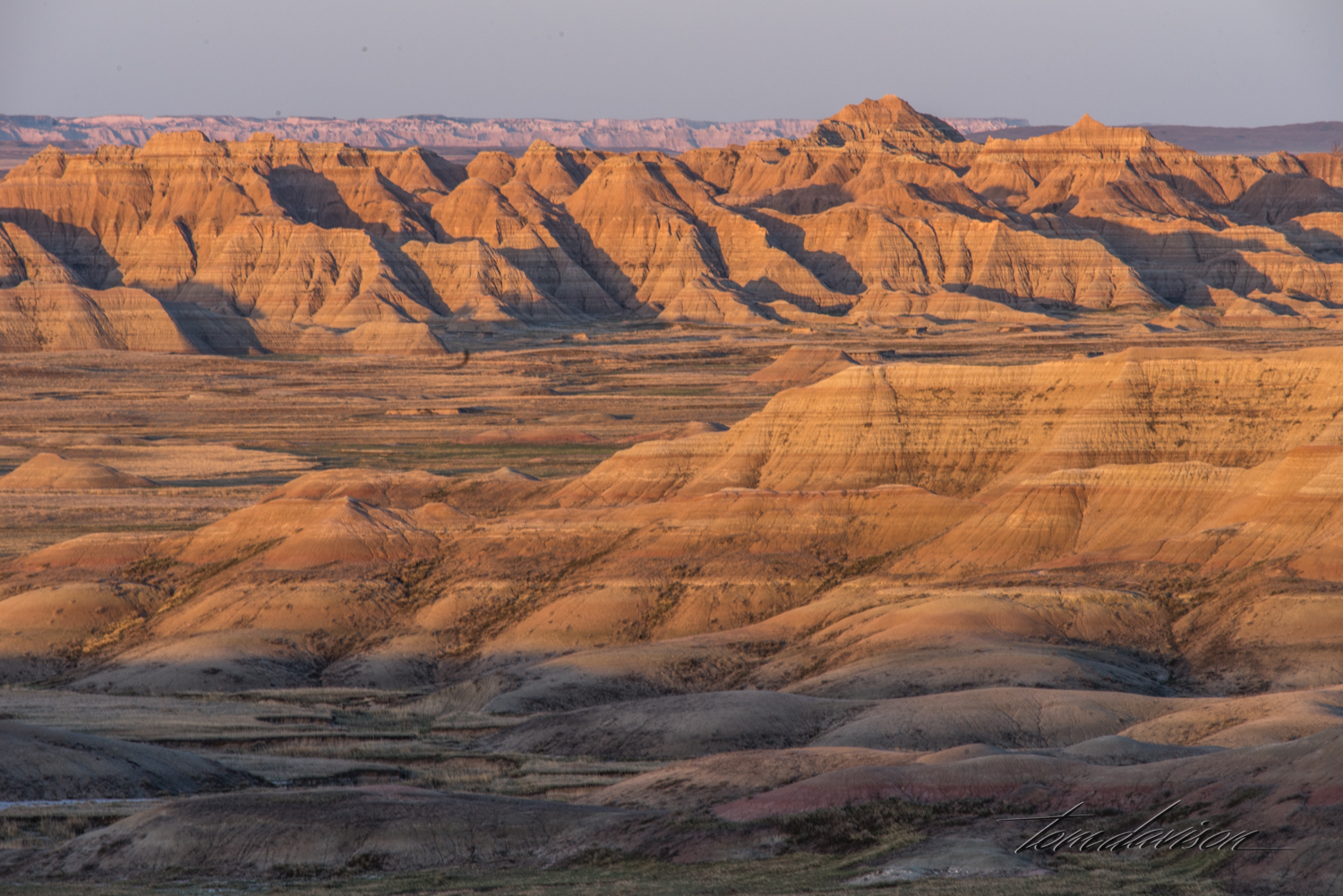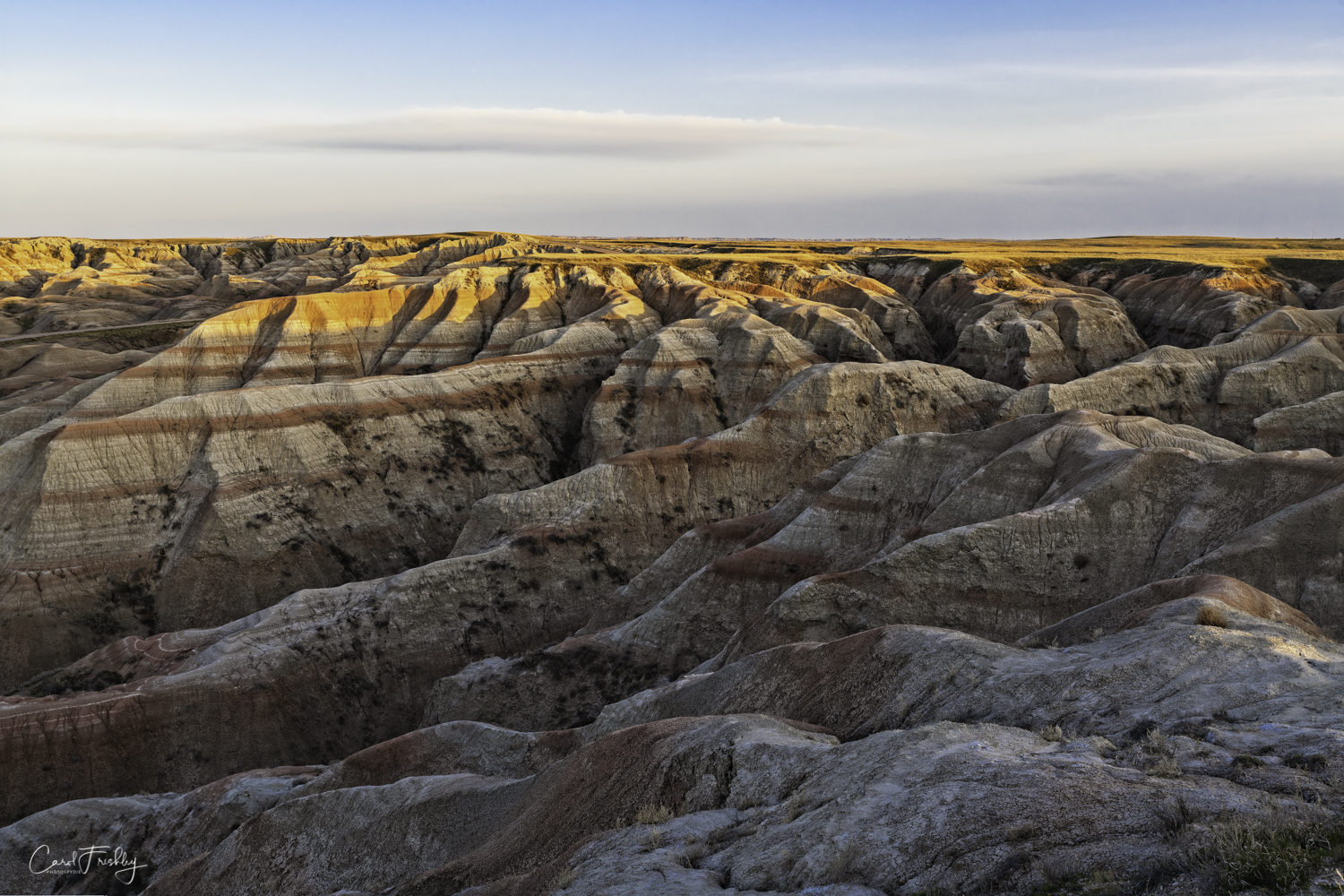Palouse Falls are about 4 miles upstream of the confluence of the Snake and Palouse River. The falls are 198 feet in height. There is a viewing area facing the falls but intrepid hikers can walk around towards the left and actually look down on the pool of water before it falls into the bowl below. There are signs everywhere warning about hiking close to the edge and swimming below the falls as there have been four deaths there this year. In 2014 the Washington House of Representatives passed a bill to make Palouse Falls the official state waterfall of Washington having been so deemed on Februar. The proposal for the bill originated when a group of elementary school students in the nearby town of Washtucna lobbied the state legislature.
We have been to Palouse Falls before and have never seen a the rainbow. It was a very nice surprise!
An interesting rock formation viewable from across the bowl.
This photograph is a bit tricky to get. One has to lay flat on a rock outcrop and handhold a very wide angle lens. Tom was not too happy with my decision to try to get this image but both camera and this crazy photographer backed out safely. Lens used was a rectilinear 14-24mm f/2.8.
The drama of the adventure was spotting these young men swimming in the water within feet of the falling water column. It was difficult to watch and concentrate on photography. As best we could tell, they eventually got tired and made it to the edge along the side. We have no idea how they hiked back and got out.










